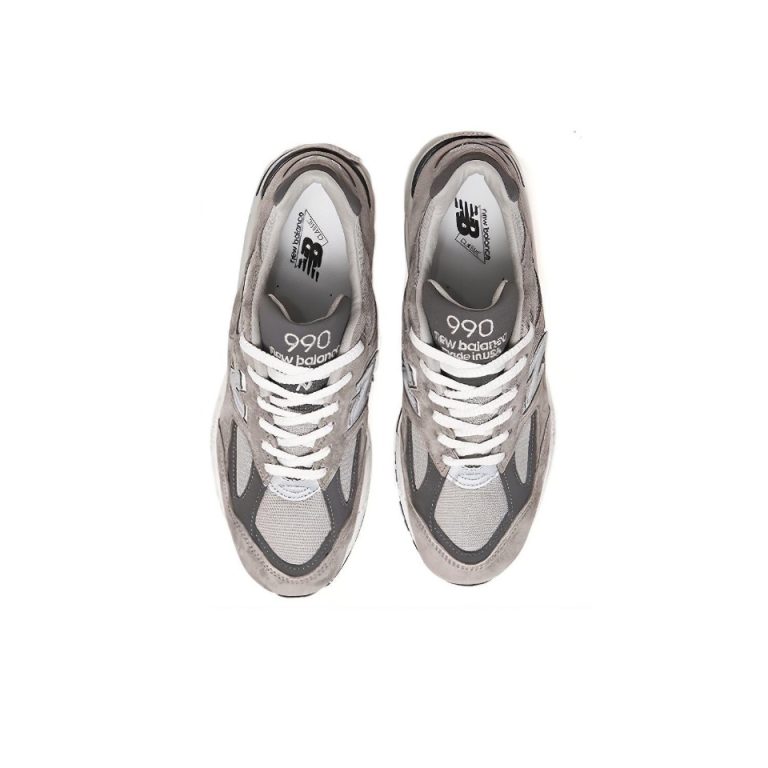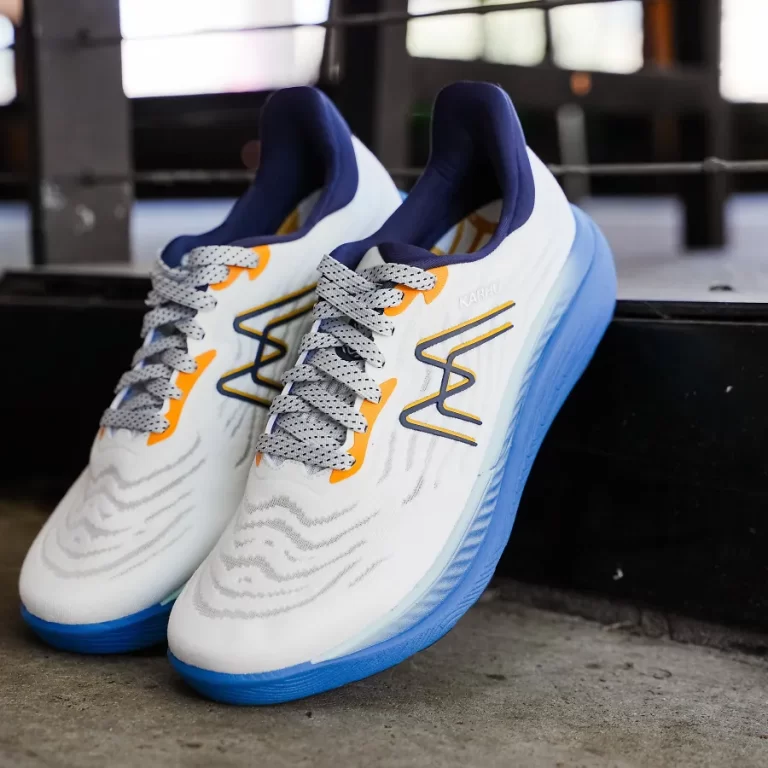Importance of the Right Footwear in Track and Field
Selecting the right track and field running shoes is crucial for any athlete. It can greatly influence their performance and the risk of injury. Shoes tailor-made for track and field offer the necessary traction and stability required for various events. Whether sprinting down the track or taking on a high jump, athletes need shoes that match their event’s demands.
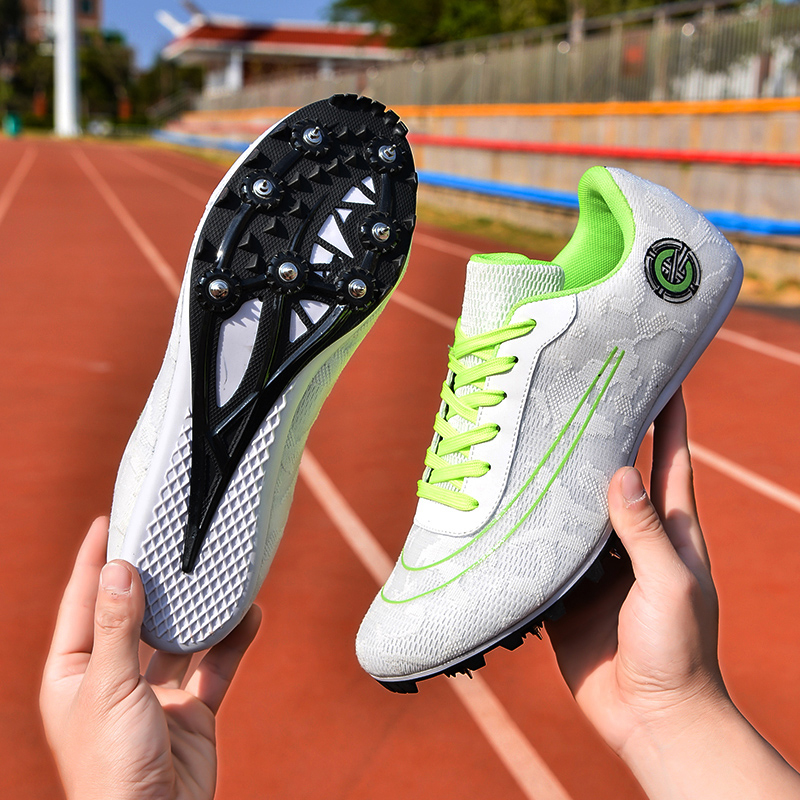
Quality footwear supports proper form and efficient movement. This is essential in a sport where every millisecond counts. Track and field running shoes are designed to maximize performance by optimizing grip, comfort, and speed. The right shoes can also boost an athlete’s confidence, knowing they are equipped with gear that enhances their abilities.
In contrast, the wrong choice of shoes can lead to discomfort, decreased performance, and even injury. This can set athletes back in their training and competition goals. Shoes that lack proper support or are not designed for the specific stresses of track events can increase the risk of sprains, shin splints, and other issues.
For all these reasons, investing the time and effort to choose the best track and field running shoes is a decision that pays off on the track. Athletes should consider factors such as the shoe’s design, materials, and technology catered to their events. All in all, the right shoes are a foundation for any track and field athlete’s success.
Key Features to Look for in Track and Field Running Shoes
When shopping for track and field running shoes, several key features are essential. Look for these traits to ensure you get the best footwear for your needs:
- Proper Fit: First and foremost, a snug, comfortable fit is vital. Shoes should secure the foot without causing discomfort.
- Support: The shoe must offer adequate arch support and stability to help maintain proper form while running.
- Cushioning: Adequate cushioning protects against shock during running events but should not compromise responsiveness.
- Traction: Outsoles should provide strong grip to help you navigate track surfaces with confidence.
- Materials: Breathable, lightweight materials contribute to a shoe’s performance and comfort.
- Flexibility: Flexibility in the right areas aids in natural foot movement and can enhance speed.
- Durability: Good construction and materials ensure that the shoes can withstand the rigors of training and competition.
Pay attention to these features when selecting your track and field running shoes. They can make a significant difference in your athletic performance.
Difference Between Sprinting and Distance Running Shoes
Understanding the distinction between sprinting and distance track and field running shoes is vital for optimizing performance. Sprinting shoes are built for speed and quick acceleration. They have a stiffer sole to transfer more power to the track. They are lightweight to minimize drag, often with minimal cushioning to keep the feet low to the ground for better control and response.
Distance running shoes, on the other hand, focus on endurance and comfort over long distances. They have more cushioning to absorb impact over time, and are often heavier due to additional support and padding. The soles are more flexible, allowing for a greater range of foot motion, crucial for the varied paces and surfaces encountered over longer events.
Key differences include:
- Sole Rigidity: Sprinting shoes are stiffer for power; distance shoes are more flexible for a range of motion.
- Weight: Sprinting shoes are lighter to enhance speed; distance shoes often have more weight for supportive features.
- Cushioning: Sprinting shoes have less cushioning for control; distance shoes have more for shock absorption.
Selecting the correct type of track and field running shoes can greatly impact an athlete’s performance in their specific events. Athletes must choose wisely based on their event’s demands, from quick sprint bursts to prolonged exertion in distance runs.
How to Determine the Correct Fit for Your Running Shoes
Finding the right fit for your track and field running shoes is essential for comfort and performance. Here are steps to ensure a correct fit:
- Measure Your Feet: Feet can change size over time. Measure them regularly to ensure a proper fit.
- Consider Width and Length: Don’t focus only on length. Width is equally important for a secure, comfortable fit. Shoes that are too narrow or too wide can cause blisters and discomfort.
- Account for Socks: Wear the socks you plan to use during competition when trying on shoes. This guarantees space and comfort.
- Check for Toe Space: Ensure there’s a thumb’s width of space in the shoe’s toe area. This prevents cramped toes during runs.
- Heel Fit: The heel should fit snugly without slipping. Proper heel fit prevents blisters and offers stability.
- Test on a Track Surface: If possible, test the shoes on a track. This can reveal how the shoes perform under track conditions.
- Feel the Flex Point: Your shoe’s flex point should match your foot’s flex point. This alignment is crucial for a natural stride.
- Walk Around: Spend time walking in the shoes. Shoes that fit well will feel right almost immediately.
It takes time to find the right track and field running shoes. Never rush the process. Taking the time to find a shoe that fits well can greatly enhance your running experience and performance.
The Role of Spikes in Track and Field Shoes
Track and field runners know that spikes can be game changers. These are the sharp, metal or ceramic protrusions on the sole. They dig into the track surface, giving athletes the vital traction for explosive starts and turns. Track shoes with spikes come in different types, each designed for specific track events.
Sprinters often choose shoes with a stiff plate full of spikes. This design helps them explode off the start line and maintain speed. Distances runners may opt for shoes with fewer spikes. This offers a balance between grip and comfort during longer events. Spikes help runners gain a competitive edge, but they must follow event rules. Most track events have regulations about spike length and number.
Athletes must also adapt to different track surfaces with the right spike type. For instance, soft tracks require longer spikes for better penetration. Hard tracks, conversely, often call for shorter spikes to avoid discomfort. Regardless of the event or surface, spikes play a crucial role in track and field shoes. They boost performance and make the shoes a key part of an athlete’s gear.
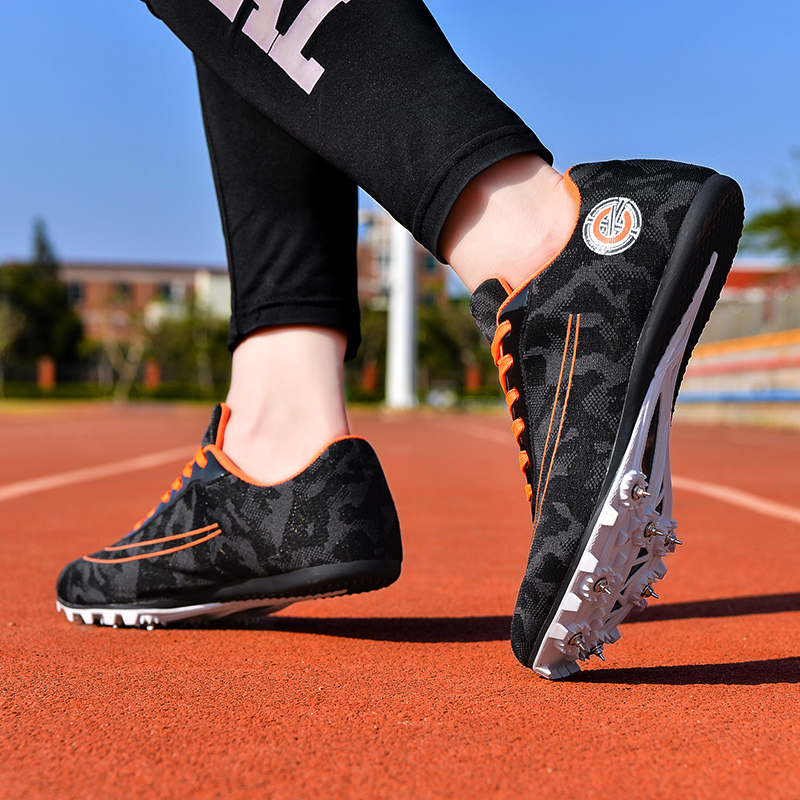
When choosing spikes, remember these tips:
- Match the Event: Choose spikes suited for your track events.
- Check Regulations: Make sure your spikes meet the event’s rules.
- Test for Comfort: Spikes should improve performance without causing pain.
- Prioritize Traction: Good grip can improve race starts and turns.
Keeping these points in mind will help track and field athletes find shoes with the right spikes. These shoes will provide the best possible advantage during competition.
Top Brands and Models of Track and Field Shoes
When it comes to track and field running shoes, certain brands stand out for their quality and performance. These are the names most trusted by athletes around the world. The best shoes come from companies that specialize in athletic footwear. They invest in research and development to create shoes that meet athletes’ specific needs.
Nike is a leading brand among track and field athletes. Their shoes often feature innovative designs and materials. The Nike Zoom series offers choices for sprinters and distance runners alike. Each model provides excellent traction and precise fit.
Adidas also ranks high for track and field shoes. The Adizero series is popular for its lightweight design and responsive cushioning. These shoes are built for speed and comfort. Many Adidas models include the brand’s signature Boost technology.
Asics is well-regarded for its comfortable and durable track shoes. The Hyper series is one example, with shoes that support a variety of events. Asics shoes focus on giving runners a stable and cushioned ride.
Puma makes track shoes that combine style with performance. The Puma evoSPEED collection is designed for explosive sprints. The shoes feature secure fits and are optimized for sprinting events.
New Balance offers excellent options for track and field competitors. Their shoes balance weight, cushioning, and support masterfully. The New Balance Sigma series stands out for its innovative technology.
Brooks is another solid choice for track athletes. Their shoes are known for durability and high-quality construction. The Brooks Wire series is a go-to for many runners seeking balance and efficiency.
Choosing the best brand and model will depend on your individual needs and preferences. Consider trying several brands to see which works best for you. Remember, the key is to find track and field running shoes that offer the support, traction, and comfort needed for your specific events.
Maintenance Tips for Your Running Shoes
Properly maintaining your track and field running shoes is crucial for achieving their full lifespan. Here are some practical tips to keep your shoes in top condition:
- Keep Them Clean: After each use, wipe off dirt and debris from your shoes. This prevents material degradation.
- Air Dry Properly: Never put shoes in the dryer. Let them air dry away from direct sunlight and heat.
- Alternate Pairs: If possible, rotate between two pairs of shoes to allow them to fully recover between uses.
- Use Gentle Soap: When washing, use a mild soap and avoid harsh chemicals that can break down materials.
- Insert Shoe Trees: Use shoe trees to preserve the shape of your shoes when not in use.
- Avoid Washing Machine: Hand wash your running shoes instead of tossing them in a washing machine.
- Check Spikes Regularly: For spiked shoes, inspect and replace worn spikes to maintain traction.
- Store in a Cool, Dry Place: Humidity and heat can damage running shoes; store them in an appropriate environment.
By following these simple steps, your track and field running shoes can provide optimal performance for longer. Regular care not only keeps them comfortable but also prevents issues that could affect your stride and running efficiency.
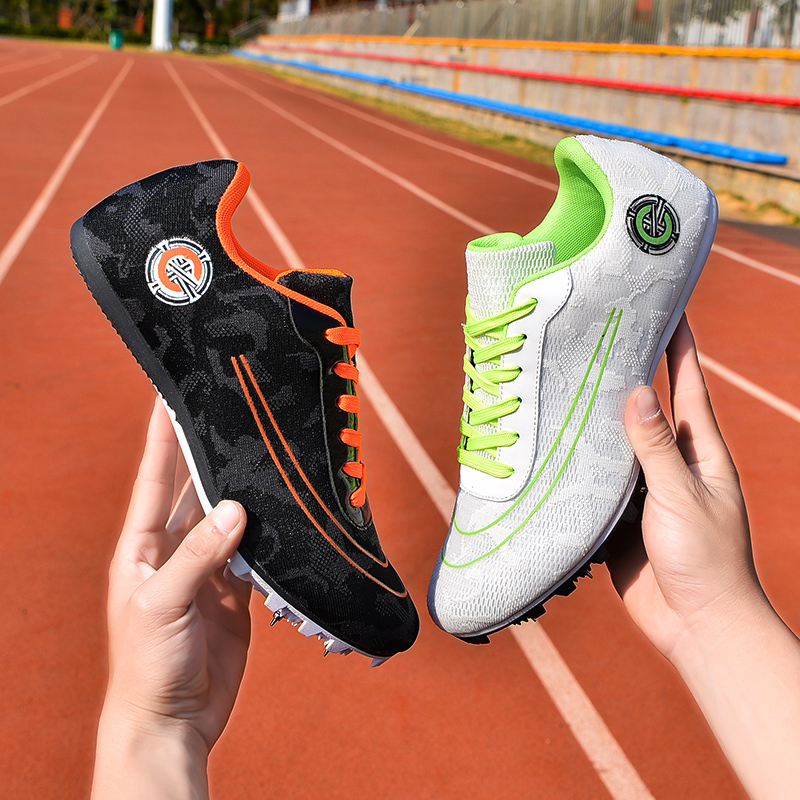
Where to Buy Track and Field Shoes and Factors to Consider
When looking for the perfect track and field running shoes, knowing where to buy them is key. Start by exploring specialized sportswear stores. These shops often have knowledgeable staff to guide you. You can also visit brand-specific stores, such as Nike or Adidas, which may offer a wide selection of shoes tailored for track events.
Online shopping is another option. It provides the convenience of browsing multiple brands and models quickly. Make sure to purchase from reputable retailers to avoid counterfeit products. Websites of established sports brands are often the safest bet.
When buying track and field shoes, keep the following factors in mind:
- Event Type: Choose shoes designed for your track event. Sprinting shoes differ from distance running shoes.
- Quality: Look for well-constructed shoes with good reviews from other athletes.
- Size: Make sure you select the correct size for a comfortable fit. A misfit can hinder performance.
- Price: Set a budget, but don’t compromise on quality. Investing in a good pair can be cost-effective in the long run.
- Return Policy: Check the return policy, especially when buying online. This ensures that you can return shoes if they don’t fit well or meet your expectations.
By considering these factors and purchasing from reliable sources, you’ll find the track and field running shoes that best suit your needs.
